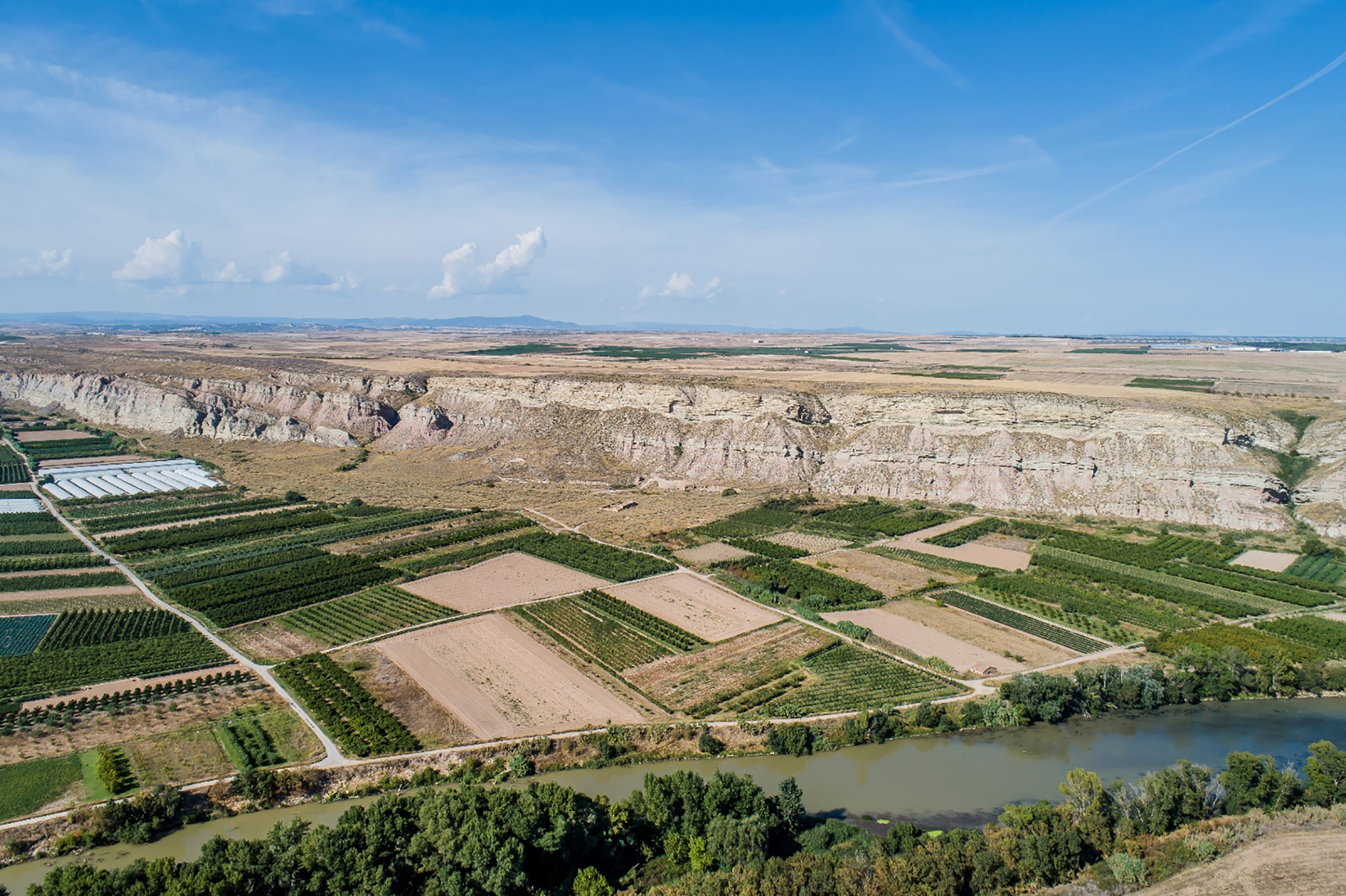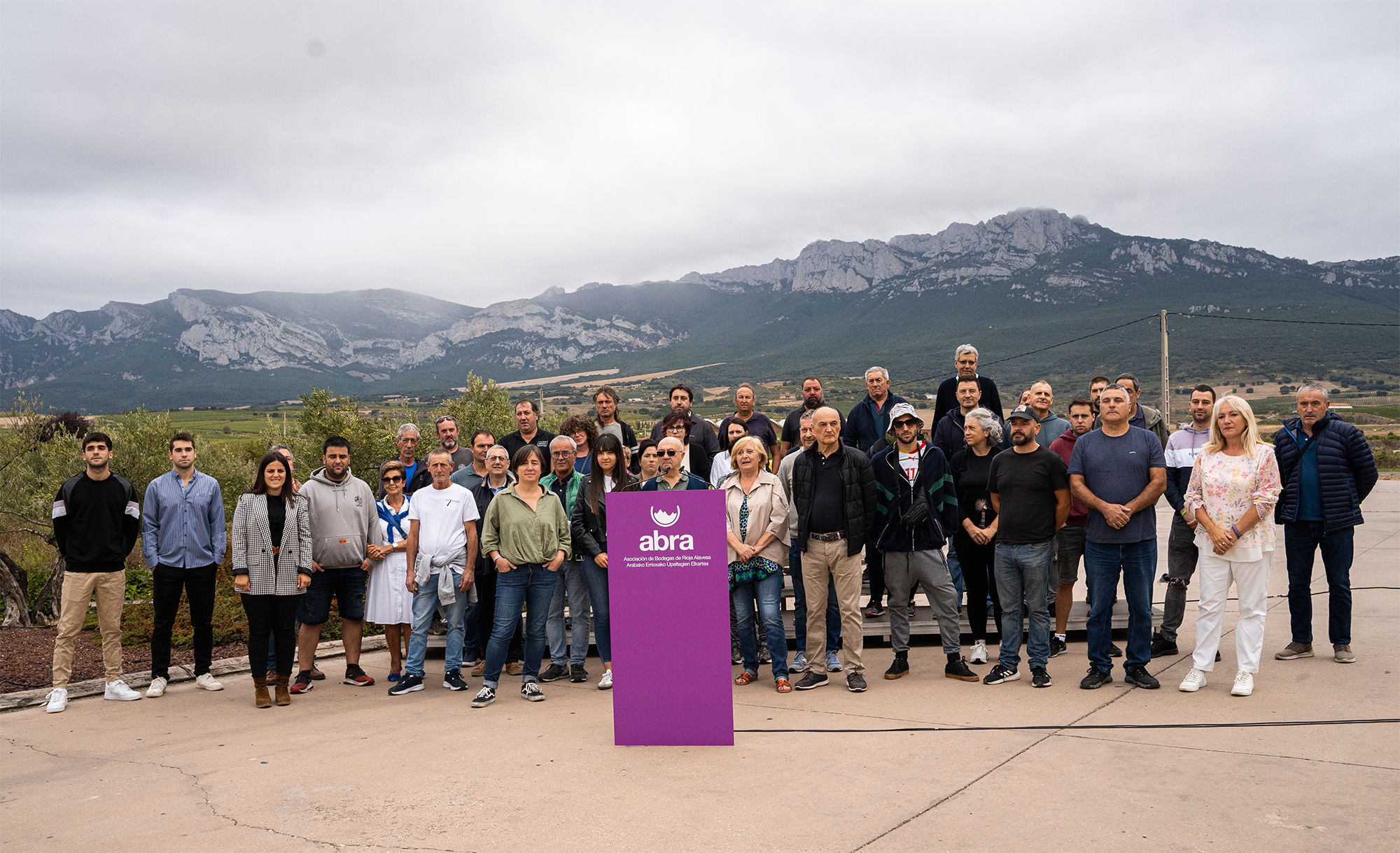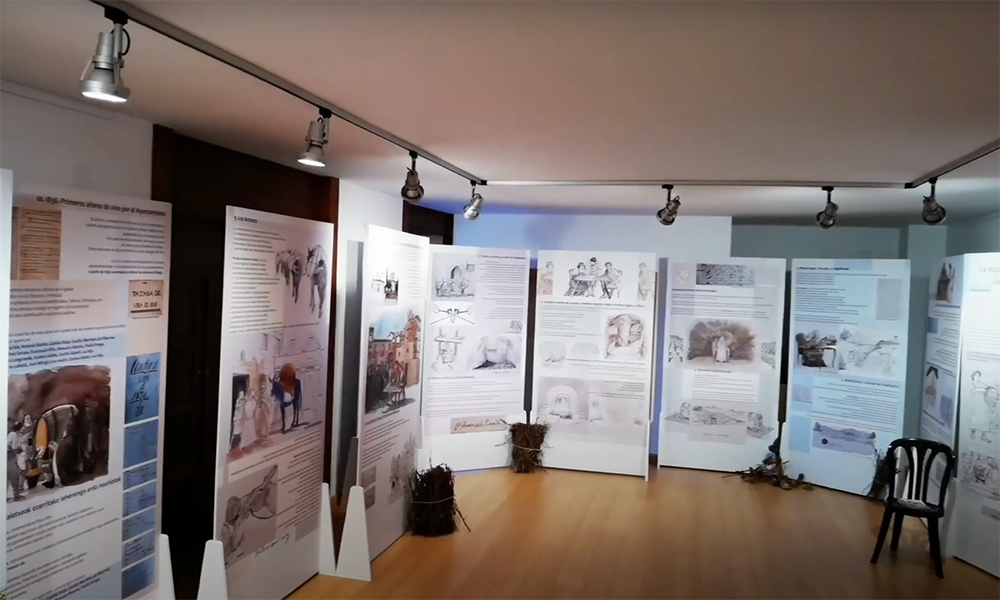Avesa vinification, time to change the exhausted model?
- On Sunday, the harvest began officially in Álava with the celebration of the XXVIII Feast of the Harvest of Navaridas. In 2023, the Government granted the sector 15.3 million aid for the distillation or direct disposal of grapes for the industrial use of millions of litres of wine as a solution to "overproduction" and to the drop in consumption. Meanwhile, the Álava Vineyard Designation of Origin, which could be a tool to promote another wine-making model, is still blocked by the courts, and the Rioja Designation of Origin is multiplying its problems. “The situation makes no sense,” explained ARGIA Itxaso Compañía, bodeguero, member of the UAGA trade union and president of the Asociación de Bodegas de Rioja Alavesa, ABRA. It advocates the need for structural solutions to structural problems.

The following week begins to collect grapes from their vineyards in the Company, “if this week does not rain”. With this year’s harvest it has been “very satisfied”. During the drought, the plants have suffered a lot, but they are “very hard” and have recovered with the rain of recent weeks. He says that the joy of harvest is widespread, but then we refer to concerns and problems.
Ecological and economic absurdity
In 2023, the Government granted aid amounting to EUR 8 million to convert 9 million litres of wine into industrial alcohol which it had already accumulated in previous years. And another EUR 7.3 million to prune and throw directly into the ground the immature grapes in July, in addition to other aid from both the Government and the Spanish State. Millions of euros spent to throw away thousands of tonnes of grapes or wine, market demand on behalf of the law. When the word crisis is on everyone's lips: climate, food, energy, economic...
EUR million spent to throw away thousands of tonnes of grapes or wine, market demand in the name of the law
“It makes no sense,” Compañía summarizes his opinion. On the one hand, ecologically: you use water, energy, fertilizers to create all that wasted grape. On the other hand, economically: behind this grapes are also working time or public or private money, and small wineries live increasingly narrow. He has defended these aids as a short-term patch, because the survival of many family wineries is at stake, but he says that the model is exhausted and that with a long-breathing look a profound change must be encouraged. It considers it essential to eliminate vines that have been planted in La Rioja in recent years in “inadequate territories”, “are marked by the Regulatory Council of the Rioja Designation of Origin”. But he explains that in Rioja Alavesa the problem is not that: “It is a small territory and its characteristics are excellent for grape production.” It points out two main tasks: “Pay the grapes at a decent price and resume the area.” It argues that subsidies should be allocated to this: “Imagine if we invested those 15.3 million this year in that direction.”
Wine production of the Rioja brand has increased in recent years and consumption has decreased. In the media or institutions, the story is a consequence of the pandemic and the War of Ukraine, but many vinists report that the problem is ahead and ignored. “The Rioja brand prioritizes quantity and we have to bet on quality,” says Compañía.
"Rioja brand prioritizes quantity and we have to bet on quality"
Brands of Rioja and Álava Vineyards in Talca
For years, most of the wineries in Rioja Alavesa have left the Rioja brand and Álava Vineyards are driving their own brand. The perspective of quantity vs quality is one of the most important differences between the two models, but it goes further (for example, from Álava the classification of wine in the categories of "year", "krianza" or "reserve" is questioned).
The birth of the new brand of origin has now been paralysed by the High Court of Justice of the Basque Country and its drivers await the resolution scheduled for this year. However, in an interesting interview in Alea Alavesa, the president of the denomination Vineyards of Álava, Emilio Aguillo, has assured that although the court paralyzed the designation of origin there are other ways, and yes or yes they will create. In the same interview, journalist Estitxu Ugarte asked Aguillo about the attitude of the Diputación de Álava and the government: “We have not asked them for help, what we want is that they do not bother, that they do not get in the center.” For Compañía, the solution advocated by the Diputación – creating a differentiated origin mark, but within La Rioja – is “impossible”.
The origin brand Vineyards of Álava “can be a solution” for the change of model, according to the Company. The La Rioja Regulatory Council is under the control of the large brands served by the current model based on quantity, but not the small wineries. The Alavese producers have 5% of the votes there, “with that I say everything”. Those who are against the origin mark for Alavese wine accuse the supporters of politics, linking the project to the national issue, among other things. The drivers claim that they are false messages of distortion of the debate, a matter of economic viability, that if you do not move away from La Rioja and its model, you will continue to close the wineries. The same opinion has Compañon: “We are companies, we make wine for money.”
Another decision that was known in September is right: The Bodegas Familiar leave the La Rioja Regulatory Council. Bodegas Familiar de La Rioja, no alavesas: “Because we do not share the current strategic policy, which goes against the business model of the small and medium winery.” The association represents 216 wineries in La Rioja, half of the total. “The Family Wineries have opened a new crisis in La Rioja, leaving the Regulatory Council,” he was the head of the El Correo line. The “other” crisis is that generated by the Alavese wineries. Rioja is experiencing an economic and representative crisis that can open up new opportunities.
"Signs of model exhaustion and absurdity have emerged in this 2023 with greater awareness, critical voices have multiplied, alternative proposals are on the table"
Need for structural changes
The signs of exhaustion and absurdity of the model prevailing over the years have emerged in this year 2023, the critical voices have multiplied, there are alternative proposals on the table. It is difficult to foresee what the future will mean, but there is one thing very clear between many Álava winemakers and the Company: Structural solutions to structural problems
"Azken urteetan Arabako upategi txikiak desagertzen ari dira. 1995ean 700 inguru izatetik, gaur egun 200 eta gutxi gelditzen gara", adierazi du Esti Besak.



















